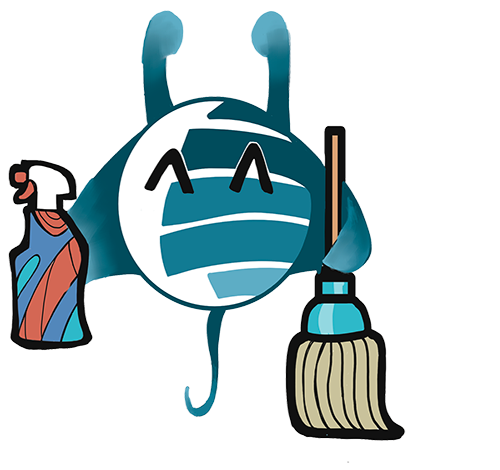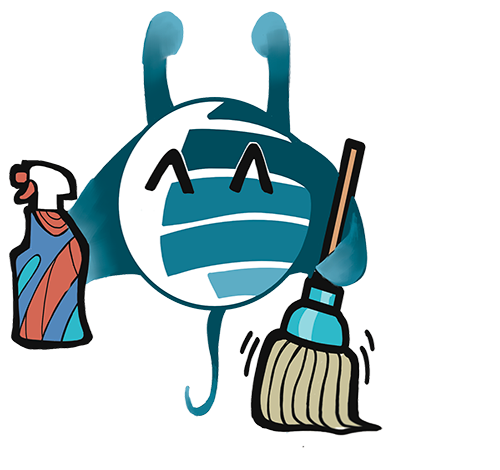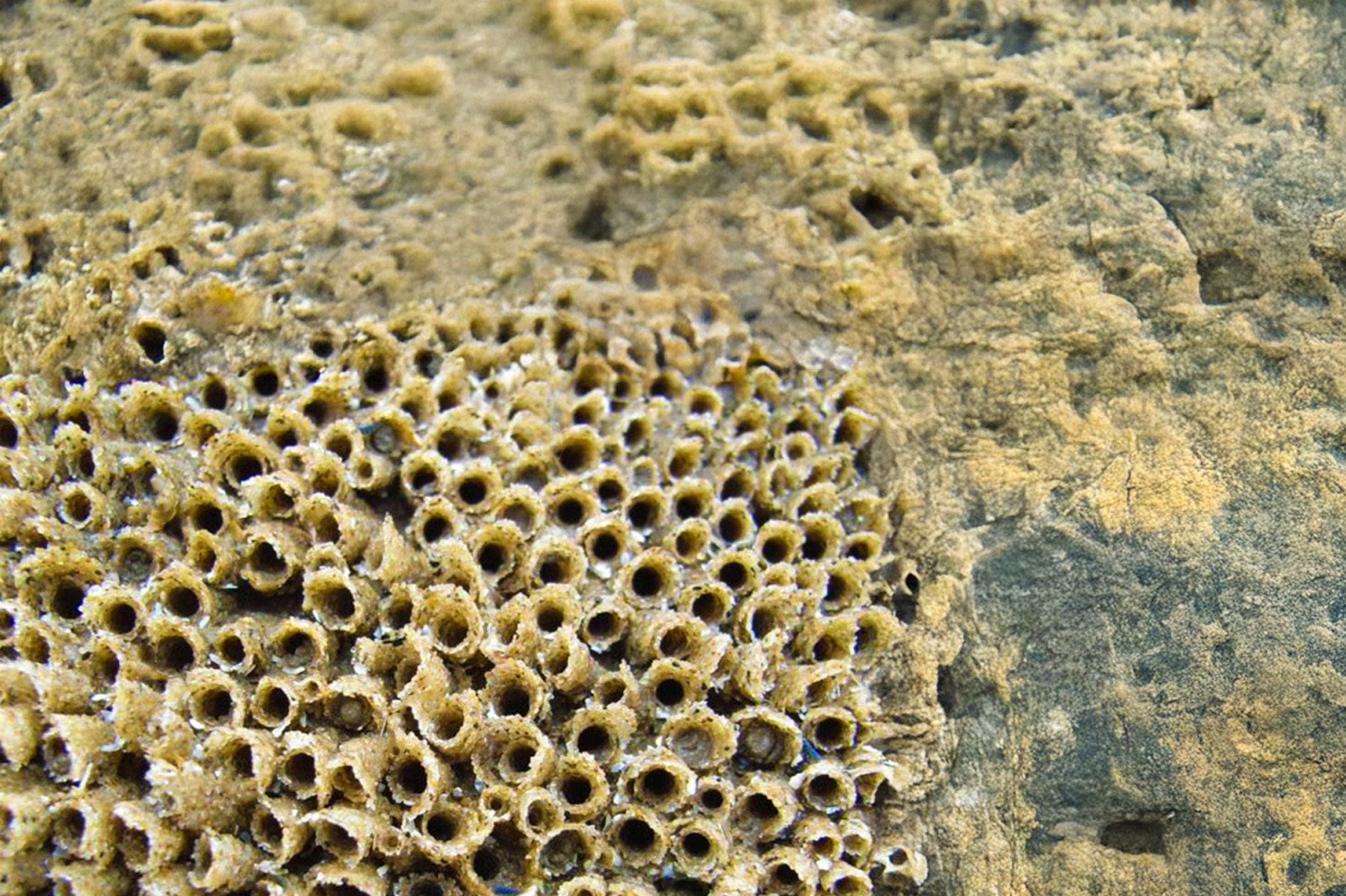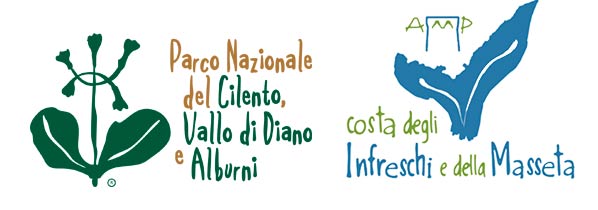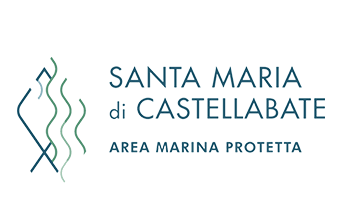It is considered a bioindicator of the health of the sea. A pavement that follows the coastline, jutting out into the sea, which covers it during high tide, while it remains exposed during low tide.It is not built by teams of workers with iron and cement, but by plants and marine animals, specialized in the creation of structures that they create with the calcareous parts of themselves. The work is carried out by both some species of red algae, such as Litophyllum lichenoides and small molluscs, Dendropoma petraeumspecies. Layer after layer, the calcareous concretions produced by the algae and the shells of the molluscs, welded together, form over time the platform, also called “trottoir” in French, in vermeti, because the builder molluscs belong to the Vermetidae family. A process that resembles that at the origin of coral reefs in tropical seas or, in our Mediterranean, the coralligenous seabed, of which red algae and calcareous molluscs are the creators.Platforms can be several meters wide or appear as narrow curbs. An effect that depends on the starting substrate. If the original substrate is limestone, the construction will be larger, while those built on basalts, granites and flysch are smaller.The structures created by marine organisms are alive and always expanding and evolving. In fact, if the consolidated base layers are formed by the set of cemented shells of dead animals and the encrustations left by algae over time, colonies of molluscs live on the surface and algae vegetate. In addition to the natural builders, who create it, the platform represents the habitat of several other plant and animal species, which find favorable conditions for their life there.

